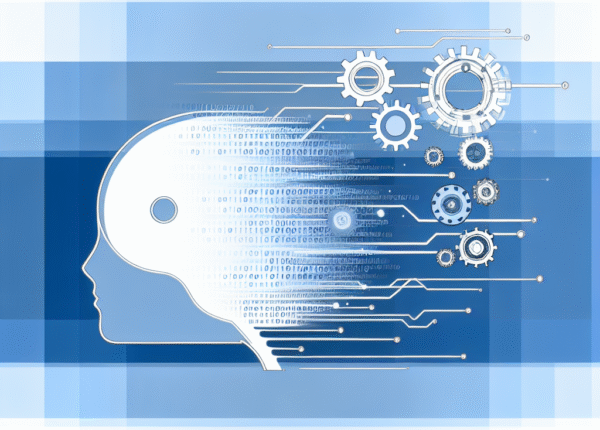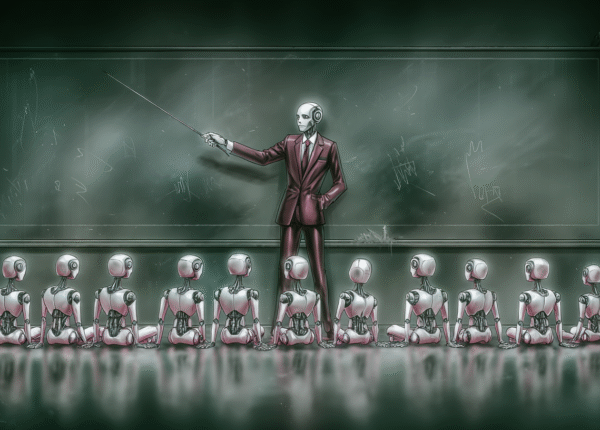Today’s AI news reads like a single thread that stitches together enterprise software, robotics, and the evolving public mood around technology. The thread starts with Amazon’s Quick Suite — the next iteration of Amazon Q — designed to leverage generative AI to turn data into insight and push enterprise productivity to new levels.
Meanwhile, MIT’s new generative AI tool for virtual robot training, developed with the Toyota Research Institute, points toward a future where robots become more capable domestic helpers and factory assistants. The tool lets teams rehearse tasks in simulated environments before they reach the shop floor, potentially cutting training time and reducing risk.
Against this momentum, The Guardian’s editorial on an AI bubble sounds a cautionary note: the AI boom has inflated tech stock valuations and invites regulatory scrutiny, from control measures to protect sensitive data to export controls on rare earths that could ripple through chip supply chains. The piece reminds readers that “gravity” can reassert itself when profit dreams become overconfident bets.
The conversation about who owns AI-generated content and who benefits from it also ran through the week, from Marina Hyde’s sharp take on Sam Altman and copyright to wider debates about whether tools like Sora 2, OpenAI’s video generator, cross ethical lines by drawing on existing works without consent. The discourse isn’t merely sensational — it frames policy, platform moderation, and the very meaning of authorship in an age of copyable creativity.
On the arts front, commentators like Fiona Katauskas have asked whether AI can truly replace human creators, underscoring that the value of art often lies in human experiences, context, and emotion that machines imitate but seldom fully inhabit. The debate is not settled, but it is shaping how studios and communities approach collaboration with AI.
Satirical takes — such as Stephen Collins’ cartoons about climbing the corporate greasy pole in the ChatGPT era — add cultural texture to the week’s coverage, reminding readers that technology’s impact is felt not just in boards and labs but in culture, humor, and everyday life.
Taken together, these stories sketch a landscape where enterprise adoption, robotic competence, creative debate, and policy realism intersect. The common thread is not a single breakthrough but a continuous negotiation: how far AI can unlock efficiency and creativity, and how societies decide to steer that power responsibly.
Sources
- Amazon targets enterprise productivity with Quick Suite — Esther Shittu (2025-10-10)
- MIT Releases Generative AI Tool for Virtual Robot Training — Scarlett Evans (2025-10-10)
- The Guardian view on an AI bubble: capitalism still hasn’t evolved to protect itself — Editorial (2025-10-10)
- Can AI replace humans when it comes to the arts? | Marina Hyde — Marina Hyde (2025-10-10)
- Can AI really replace humans when it comes to the arts? — Fiona Katauskas (2025-10-10)
- Climbing the corporate greasy pole, ChatGPT style: the Stephen Collins cartoon — Stephen Collins (2025-10-10)
Related posts
-
AI News Today: OpenAI’s Sora, PFAS in Data Centers, and the Luddites’ Lessons
AI is once again barreling into daily life with a promise of instantaneous video creation and social sharing,...
4 October 202506LikesBy Amir Najafi -
From Hype to Habit: How Enterprises Should Onboard AI for Real Impact
In an era of hype cycles and hurried promises, the question isn’t whether AI will reshape work, but...
19 October 202502LikesBy Amir Najafi -
AI Safety Alerts, Politics and the Road to AI-Powered Cars
AI Safety Alerts, Politics and the Road to AI-Powered Cars From a legal case to daily conversations with...
2 September 202553LikesBy Amir Najafi

